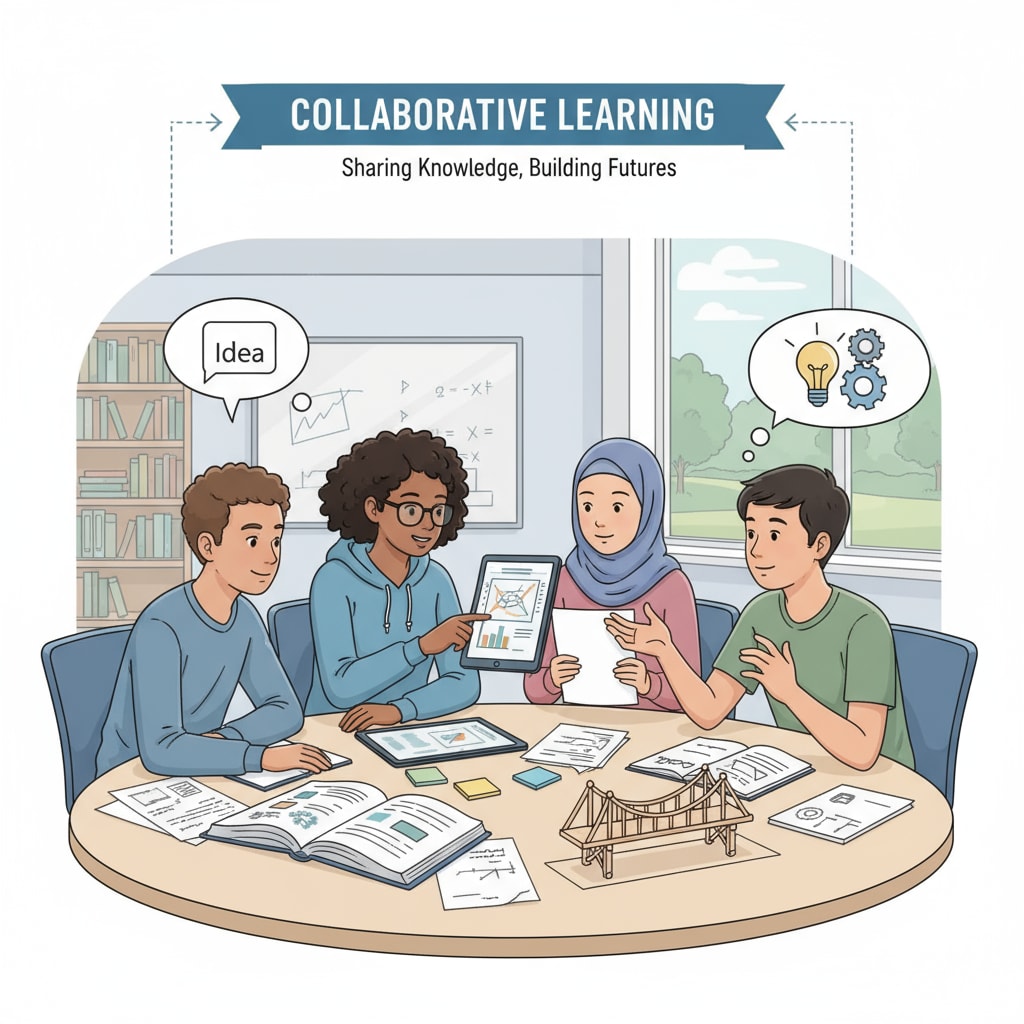In the realm of K12 education, the age-old debate of group learning vs. individual learning continues to shape the educational landscape. Understanding the learning effectiveness of these two approaches is crucial for educators and students alike. Group learning involves students working together in teams to achieve common learning goals, while individual learning emphasizes self-paced, solitary study. Each method brings its own set of advantages and limitations, which we will explore in detail.

The Power of Group Learning
Group learning offers several benefits that contribute to enhanced learning outcomes. Firstly, it promotes collaboration and communication skills. When students work together in groups, they learn to express their ideas, listen to others, and negotiate differences. These skills are essential for success in both academic and professional settings. For example, a study by the American Psychological Association found that students who participated in group learning showed significant improvements in their communication and teamwork abilities.
In addition, group learning exposes students to diverse perspectives. Each member of the group brings their own background, knowledge, and experiences, which can enrich the learning process. By interacting with peers, students can gain new insights and develop a more comprehensive understanding of the subject matter.

The Advantages of Individual Learning
On the other hand, individual learning has its own merits. One of the key advantages is the ability to learn at one’s own pace. Students can focus on areas where they need more practice or spend less time on topics they already understand. This personalized approach allows for more efficient learning and better retention of information. According to Educational Psychology, individual learning enables students to tailor their study methods to their unique learning styles.
Individual learning also fosters self-discipline and independence. When studying alone, students are responsible for managing their time, setting goals, and staying motivated. These skills are valuable for lifelong learning and personal growth.
However, neither group learning nor individual learning is a one-size-fits-all solution. Each approach has its limitations. Group learning may sometimes lead to social loafing, where some members rely on others to do the work. Individual learning, on the other hand, can be isolating and may lack the opportunity for peer interaction and feedback.
Readability guidance: As we can see, both group learning and individual learning have their own strengths and weaknesses. In the next section, we will discuss how to strike a balance between these two approaches to optimize learning effectiveness.
Finding the Balance
To maximize students’ learning potential, educators should consider integrating group learning and individual learning in the classroom. One approach is to use group learning for activities that require collaboration and discussion, such as group projects or problem-solving tasks. This allows students to develop their teamwork and communication skills while learning from their peers.
At the same time, individual learning can be incorporated through independent study assignments, reading, or reflection. This gives students the opportunity to deepen their understanding of the subject matter at their own pace and explore topics that interest them.
Another strategy is to provide students with a choice of learning methods. Some students may prefer group learning, while others may thrive in an individual learning environment. By offering options, educators can accommodate different learning preferences and increase student engagement.
In conclusion, the choice between group learning and individual learning in K12 education is not an either-or decision. By understanding the advantages and limitations of each approach and finding the right balance, educators can create a learning environment that promotes optimal learning effectiveness and helps students achieve their full potential.


